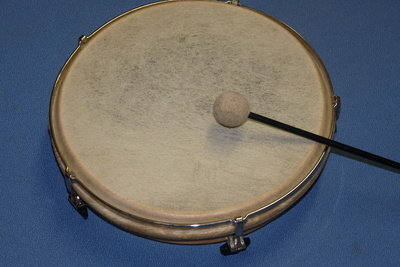Plan and carry out a music project in kindergarten
The early musical education in the daycare trains the hearing, the sense of rhythm and, last but not least, the ability to concentrate. But how do you successfully lead and carry out a music project in kindergarten?

music is important for children, that is common knowledge. But how can a whole music project in the kindergarten be successfully planned and carried out with the little ones? Project work in the daycare works better than you might think.
How to plan a music project in kindergarten
- First of all, think about how your music project could be structured in kindergarten and what content you would like to focus on.
- What are your educational goals? Which skills should be promoted? When planning projects, it is important that you proceed as structured as possible and that you can justify your actions pedagogically.
- Sound stories, for example, are suitable as a music project in kindergarten. Depending on the age of the children, you can either design these together or use an existing story.
- When planning, orientate yourself on the level of development, the needs but also the interests of your group of children.
Create sound stories about the winter yourself - this is how it works
Sound stories are a great way to musically share stories with children.
You should keep this in mind when carrying out a music project
- A project should always be divided into several project units that build on each other.
- If you are working out a sound story with the children, you should take small steps and first explain what a sound story is. Use illustrative examples for this purpose.
- In the next step, the children can familiarize themselves with the different instruments. To do this, let them work with the instruments freely and without any instructions.
- Suitable instruments are, for example, tonewoods, finger cymbals, triangles, rattles, a tambourine, etc.
- Make sure you respond flexibly to the children's wishes and needs. Project work means that the children have a large say. After all, it's your project.
- A performance or presentation is suitable as a project highlight. This motivates and makes it clear to the children what they have achieved. This strengthens self-confidence and confidence in your own abilities.
How helpful do you find this article?

